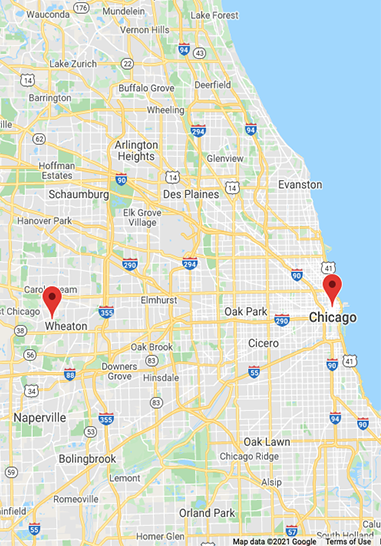Limiting Your Exposure Under the Check 21 Act
by:
Amy M. Gibson
When the Check Clearing for the 21st Century Act (“Check 21 Act”), took effect on October 28, 2004, its scope seemed somewhat vague. Now, nearly six years later, the implications of the Check 21 Act are starting to become much clearer.
The Check 21 Act allows the recipient of an original paper check to create a digital version of the check – a “substitute check”- effectively eliminating the need for further handling of the original paper check. The Check 21 Act also allows anyone to use a computer scanner to capture images of a check and deposit it electronically. This process is known as “remote deposit capture.” While the Check 21 Act benefits banks by allowing them to process checks very quickly, banks must beware of their potential liability to other parties which later receive the “substitute check” or the original paper check for presentment.
In order to avoid potential liability under the Check 21 Act, banks should be familiar with the requirements and warranties of the Check 21 Act. When a bank accepts a “substitute check” and receives consideration for the check, it warrants that:
(1) the substitute check accurately represents all of the information on the front and back of the original paper check as of the time the original paper check was cut;
(2) the “substitute check” bears the legend: “This is a legal copy of your check. You can use it the same way you would use the original check;” and
(3) no bank, or anyone else, will receive presentment or return of the substitute check, the original check, or a copy or other paper or electronic version of the substitute check or original check such that they will be asked to make a payment based on a check that has already been paid.
Regardless of whether the original bank that accepts a “substitute check” instead of an original paper check breaches any of the above-mentioned warranties, that bank is responsible for paying any subsequent bank or other recipient for the amount of any loss suffered, including interest, expenses, and reasonable attorney’s fees. Please note, however, that if the loss to the subsequent bank results in whole, or in part, by the subsequent bank’s negligence, failure to exercise ordinary care or failure to act in good faith, then the amount the original bank is required to indemnify is reduced by the amount of loss attributable to the subsequent bank.
Some examples of a subsequent bank’s negligence, failure to exercise ordinary care or act in good faith include, but are not limited to, the following:
• Permitting a customer to withdraw the proceeds of a check before they become available;
• Ignoring readily ascertainable facts that, had these facts been investigated, a customer’s illegal conduct would have been discovered; and
• Accepting stale checks for deposit and allowing the customer to withdraw the funds before they become available.
If you would like further information on the Check 21 Act, the implications thereof, recent publications on this topic, or require assistance in order to avoid liability under the Check 21 Act, please contact us.



